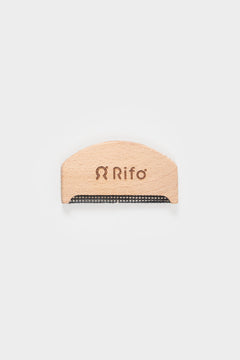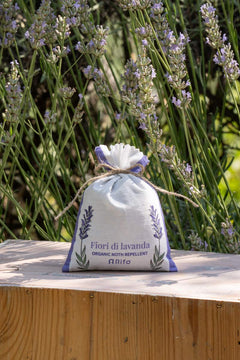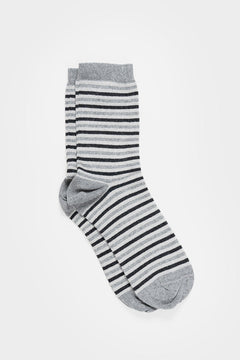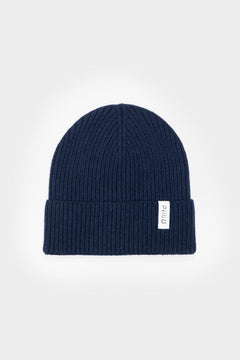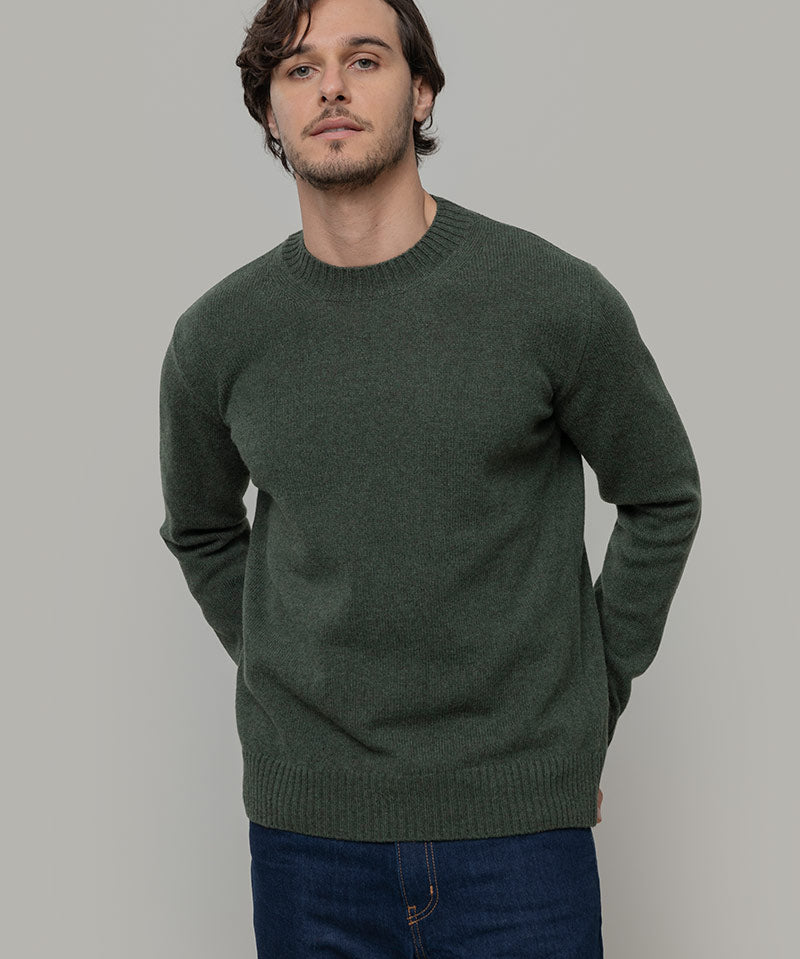Slow fashion and slow food are the future… actually they already are the present.
Do you remember what your grandmother used to say? “More haste, less speed”.
She was right.
In an everyday life conditioned by speed like the one we are living in, the only way to survive and save our planet is to return to make anything in a slower way.
This is why slow fashion and slow food are the only solutions possible to contrast issues like the climate change, child labor and planet pollution.
Have you ever heard about slow fashion and slow food?
Don’t worry, you are in the right place.
Today we want to examine in depth with you these two important issues.
Make yourself comfortable and let’s discover all you have to know about fashion and slow fashion.
What is slow food?
Slow food is a big international no-profit organization. It was born in Italy and it has been fighting for over twenty years against the ascent of fast food, to improve the relationship between food and people.
Its aim is to bring again healthy food on people’s table with a right value and respect for the producers, especially the environment.
The motto of this organization is: “Good, clean and right alimentation for anyone”.
Through a network of members and supporters, Slow Food keeps on defending real food.
This project allows people to taste again the real flavor of food, making everyone benefit from tastes and diversity of different regions, especially respecting seasonal alternation.
In addition to that, this way of seeing and consuming food is the only one that allows us to keep on doing it in the future. In this way we will be ready when the planet will need biodiversity, fertile lands and animal and vegetal species.
These are all factors that fast food companies can easily destroy.

What is slow fashion?
Changing subject but not the way of understanding it. Slower is better even if talking about clothing and fashion.
Like the food industry, also the textile one has been overwhelmed by fast mood.
An idea of fashion that gives birth to low-quality garments, supporting children labor, polluting the environment and destroying the planet.
The Slow Fashion movement takes inspiration from the Slow Food one.
The creator of this new approach on the purchasing and the usage of garments is Kate Fletcher. The intuition was born in 2007 and is based on these principles:
- Quality: buying low-price garments means wearing low-quality clothing, while concentrating on higher-price garments allows to wear higher-quality that will last longer but, most of all, their production won’t have caused damage to the environment.
- Value: it is fundamental to give value to the garment that will end in the client’s hands. Giving value to it, allows to sell it at a higher price, convincing the client to buy again in the future.
- Production: the productive process must be transparent, traceable and ethically impeccable. Slow fashion privileges locally made products. This allows to maintain an ethical production, contrasting child labouring.
- Aesthetic: every garment must be aesthetically beautiful. It doesn’t have to be created just for a temporary trend, but it has to have a design that can suit anything.
- Better habits: this change can happen only if everyone makes an effort to make their part. Actions like purchasing less and better, reading the label, choosing used and recycled garments: these are examples of habits that can make a difference.
Similarities between Slow Food and Slow Fashion
We’ve discovered together what are these two ways of intending food and fashion. I’m sure you’ll be asking yourself: “What do they have in common?”
Let’s discover it together:
- Planet safeguard
- Way of intending and living everyday life
- Worrying about the future
- Same “Slower is better” principle
- Focus on the emotion of enjoying a product
Conclusions
We’ve reached the end of this article.
We are pretty sure that now you have a clearer idea on these issues. As we’ve seen above, both or theme are pretty similar and are based on the same principle.
Now you just have to start this new way of living the everyday routine: it will be good for you and, most of all, for the planet you live in.


